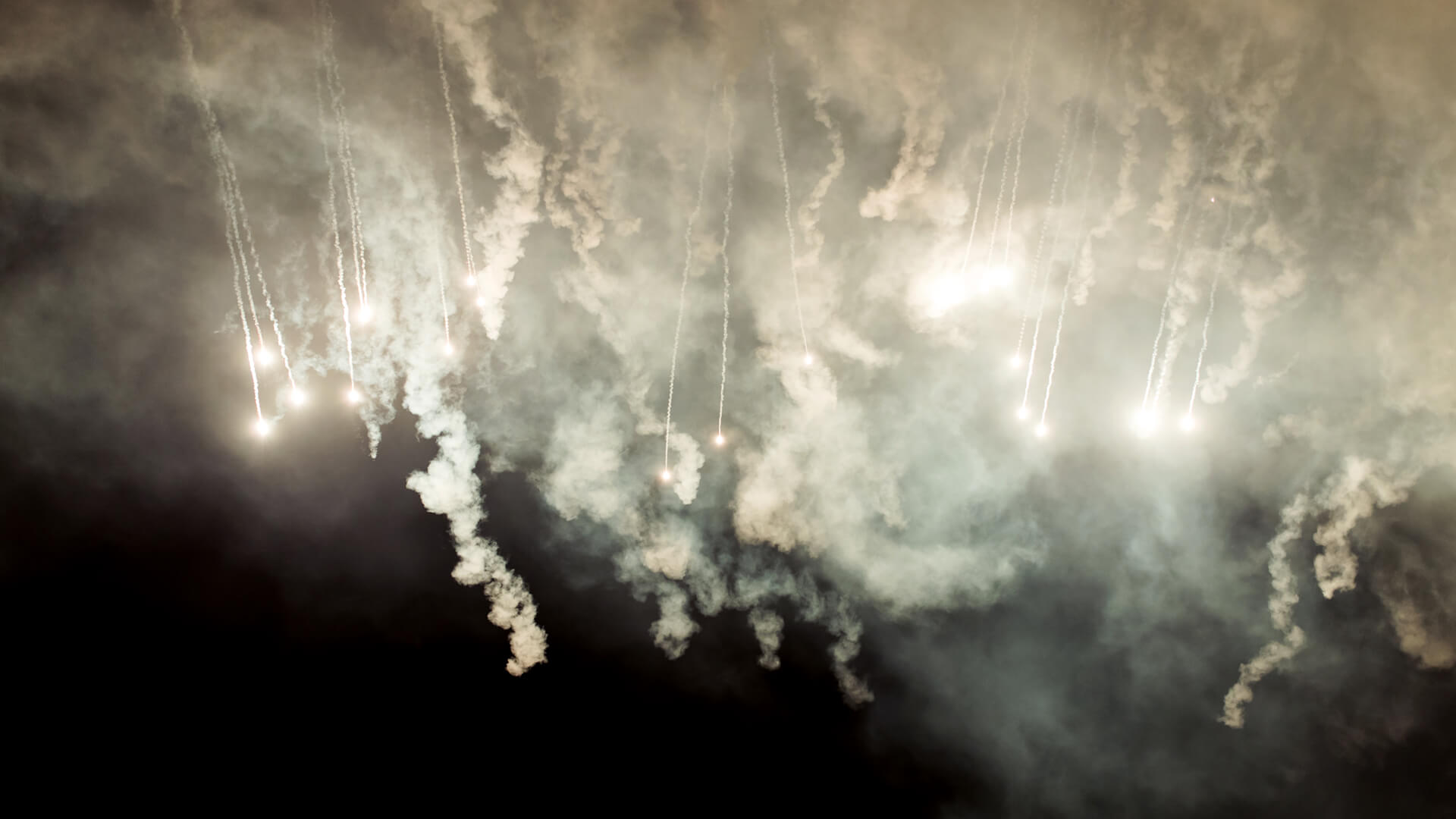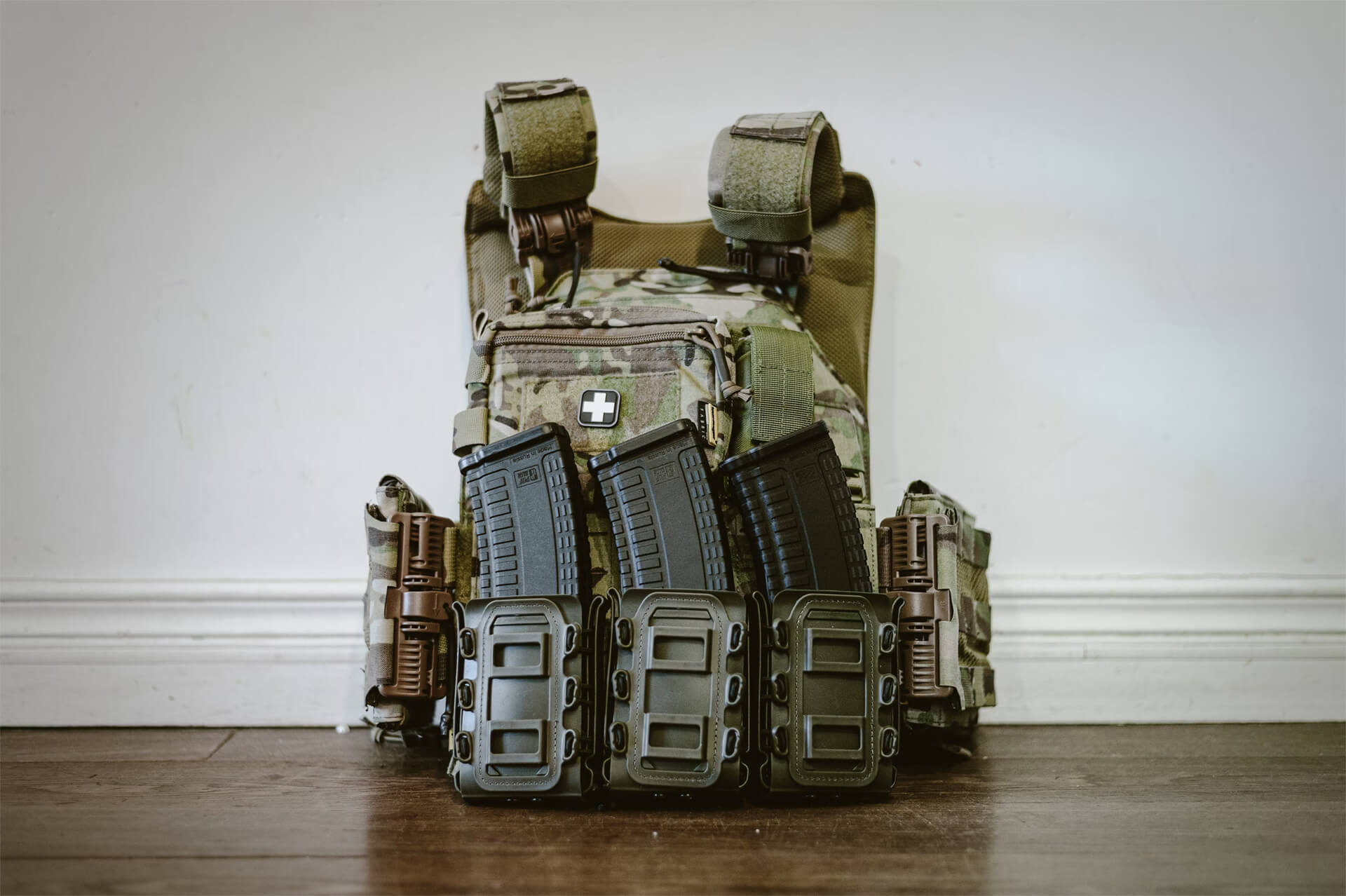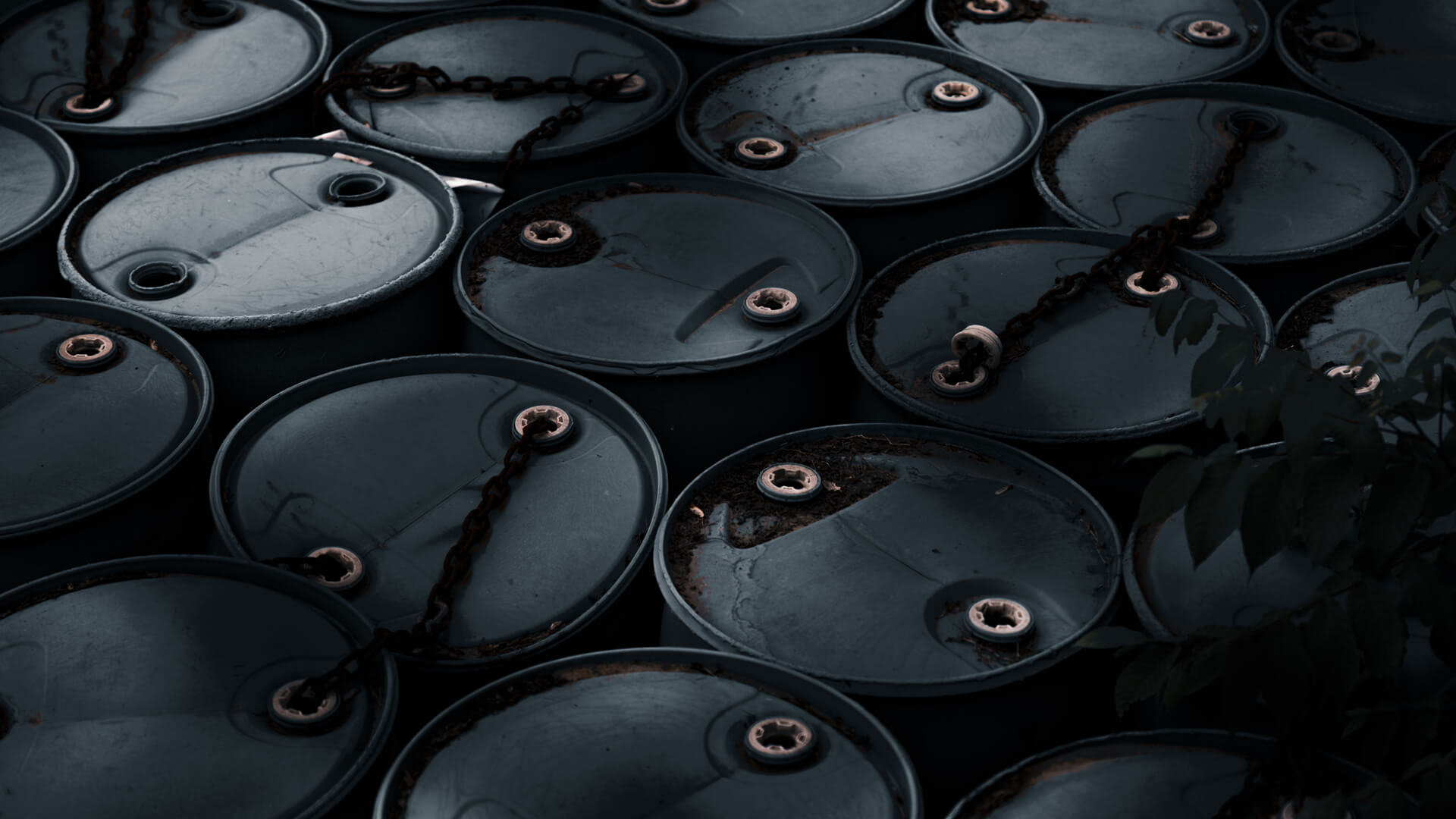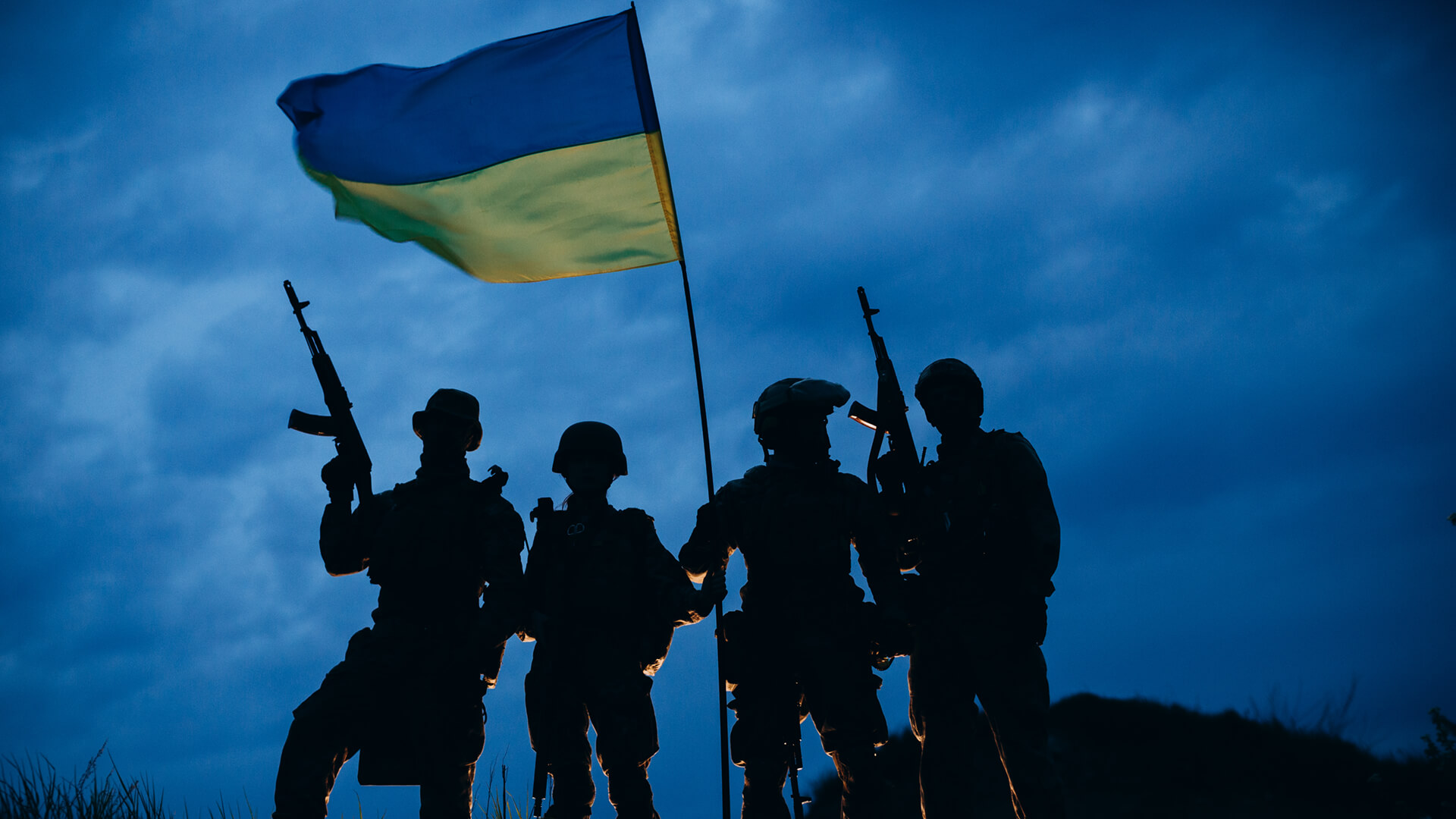The Russians are employing some new tactics in Ukraine’s Eastern front that are adding to their ever-growing list of war crimes committed throughout this conflict. We’re looking at glide bombs targeting civilian infrastructure and Russia’s ‘double-tap’ method.
The intent behind the Russian glide bombs is to make specific regions in Ukraine uninhabitable. They are achieving this by targeting critical civilian infrastructure like water treatment plants and electricity facilities.
When the glide bombs don’t prove devastating enough, the Russians are also implementing a ‘double-tap’ method. This means they send an initial wave of attacks, wait until emergency services or repair crews can respond, and then send in another wave of attacks to wipe them out.
Here at Zeihan On Geopolitics we select a single charity to sponsor. We have two criteria:
First, we look across the world and use our skill sets to identify where the needs are most acute. Second, we look for an institution with preexisting networks for both materials gathering and aid distribution. That way we know every cent of our donation is not simply going directly to where help is needed most, but our donations serve as a force multiplier for a system already in existence. Then we give what we can.
Today, our chosen charity is a group called Medshare, which provides emergency medical services to communities in need, with a very heavy emphasis on locations facing acute crises. Medshare operates right in the thick of it. Until future notice, every cent we earn from every book we sell in every format through every retailer is going to Medshare’s Ukraine fund.
And then there’s you.
Our newsletters and videologues are not only free, they will always be free. We also will never share your contact information with anyone. All we ask is that if you find one of our releases in any way useful, that you make a donation to Medshare. Over one third of Ukraine’s pre-war population has either been forced from their homes, kidnapped and shipped to Russia, or is trying to survive in occupied lands. This is our way to help who we can. Please, join us.
TranscripT
Hey, everybody! Peter Zeihan here, coming to you from Colorado, where it’s 70 degrees and snowy because mountains. Today, we’re doing a quick update on what’s going on in Ukraine, specifically on the Eastern front, where the Russians are beginning to use a couple of new tactics at a large scale. They definitely fall into the category of war crimes, but so many things that the Russians do these days are. Just to remind everyone, there are over 10,000 documented war crimes committed by the Russians in the conflict so far.
We hit that number well over a year ago. And that’s kind of the number where I stopped paying attention because it’s clear that’s just war crimes for war crimes’ sake at this point. Anyway, these two new ones kind of fall into that category as well. The first one is the use of their new glide bombs, Fab 1500, Fab 1005, 2000.
Basically, weapons that have a metric ton or more of explosive power and sending multiples of them into specific pieces of civilian infrastructure like water treatment plants and electricity-generating facilities with the intent of simply reducing urban populations beyond the ability to have industrial-level technologies. If the Russians keep this up, and they certainly have the weaponry to do it, they will be able to make large, large sections of Ukraine uninhabitable for the population densities that are there now.
The populations around Kharkiv, which is the third-largest city in the country, are the ones most at risk. And where it’s where the Russians have kind of started this shift to just complete obliteration of civilian infrastructure. The second one is something called a double tap. And it’s basically you send your missiles into an area where, you know, there’s a civilian population, and then you wait 30 to 90 minutes and you send another wave of missiles to the same location.
So the first is designed to destroy civilian infrastructure and kill people, and the second is designed to target the repair crews and the emergency services personnel and the aid workers. The idea is, if you can destroy enough of the human capital that allows Ukraine to recover from attacks, then their ability to fight the war might evaporate.
Clearly, these are some pretty nasty attacks. The double taps are something that was inspired by Islamic Jihad and Hamas in years gone by. For those of you who are Middle East buffs, you will remember that there were a lot of suicide bombs that matched this double tap strategy back in the early 2000s. Not much to say about these, except that it’s really hard to fight back against them.
Really? You need to have air superiority and extraordinary air defense and anti-missile coverage if you’re going to prevent these sorts of attacks. And the Russians have proven that they can do these attacks at scale. So the degree to which Ukraine would need external support in order to resist these sorts of assaults is high.











